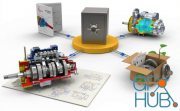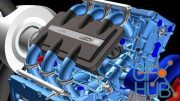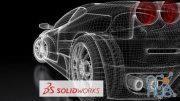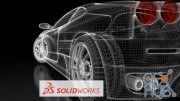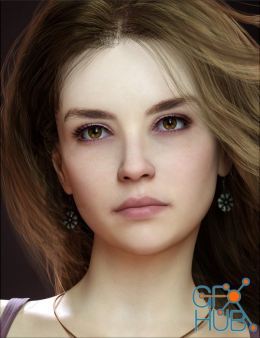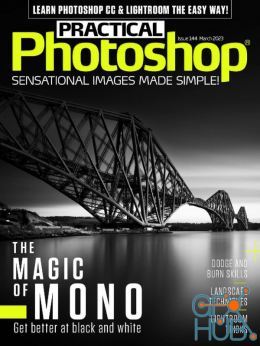Skillshare – TforDesign SOLIDWORKS Class Series by Tayseer Almattar
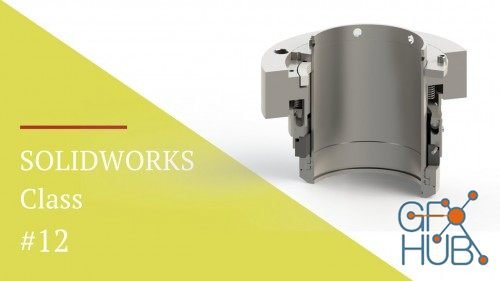
Skillshare – TforDesign SOLIDWORKS Class Series by Tayseer Almattar
TforDesign SOLIDWORKS Class Series
Series Objective
The objective of this class series to take you from knowing nothing about SOLIDWORKS to having all the skills expected from a Certified SOLIDWORKS Associate and a Certified SOLIDWORKS Professional respectively.
This document contains the contents outline for TforDesign’s SOLIDWORKS Class Series as seen in SKILLSHARE. This document also contains the learning objective for each class.
You can find the series HERE.
High-level Classes Outline
Starting Point: I do not know anything about SOLIDWORKS
Class 1: Interface and Navigation
Class 2: SOLIDWORKS Sketching
Class 3: Basic Features 1
Class 4: Basic Features 2
Class 5: Materials and Mass Properties
Class 6: Basic Assemblies
Class 7: Drawings Basics
Mid-Point: I have all the skills expected from a Certified SOLIDWORKS Associate (CSWA)
Class 8: Advanced Features 1
Class 9: Advanced Features 2
Class 10: Design Tables and Configurations
Class 11: Assemblies Advanced Mates
Class 12: Assemblies Deep-Dive
Final-Point: I have all the skills expected from a Certified SOLIDWORKS Professional (CSWP)
Class 1: Interface and Navigation
- How to start a new part.
- What is represented in the command bar, canvas and design tree.
- How to select different measurement systems for your files.
- How to utilize the mouse through right clicks, zooming and rotating the model through the scroll wheel.
Class 2: SOLIDWORKS Sketching
- How to select a plane to sketch on.
- How to link your sketches to the origin.
- How to sketch basic shapes like lines, rectangles, circles, arcs, and ellipses.
- How to use dimensions to define your sketches.
- How to use relations to define your sketches.
- What are under-defined, fully-defined, and over-defined sketches.
- How does SOLIDWORKS apply relations automatically.
- How to know and delete active relations.
- What are construction and centre lines and how to utilize them.
- How to use the commands: mirror, offset, patterns, and trim.
Class 3: Basic Features 1
- What are features.
- What are the features Extrude Boss, Cut Extrude, Fillets and Chamfers.
- How to apply the features Extrude Boss, Cut Extrude, Fillets and Chamfers.
- How to edit existing features and sketches.
- How to delete existing features.
- What do you mean by Design Priorities?! and how could that affect our modelling.
Class 4: Basic Features 2
- What are the features Revolved boss and Revolved cut and how to apply them.
- What are the features Swept boss and Swept cut and how to apply them.
- What are the features lofted boss and lofted cut and how to apply them.
- What specifies a new reference plane.
- How to create new reference planes.
- How many planes are needed to apply sweep and loft features.
Class 5: Materials and Mass Properties
- How to apply materials to parts in SOLIDWORKS.
- How to find/view the properties of the materials in different units of measurement.
- How to find the mass properties for your parts.
- How to change the unit of measurement when viewing the mass properties.
Class 6: Basic Assemblies
- How to open an assembly file from nothing or from a part.
- What are the three types of mates in a SOLIDWORKS assembly: Standard, Advanced, Mechanical.
- Which part is fixed by default in an assembly.
- What are and how to use the standard mates: Coincident, Parallel, and Perpendicular.
- What are and how to use the standard mates: Tangent and Concentric.
- How to identify existing mates.
- How to delete and/or modify existing mates.
- What are and how to use the standard mates: Distance and Angle.
- What is and how to use the standard mate: LOCK.
Class 7: Drawings Basics
- How to open a drawings file from nothing or from a part.
- How to adjust the measurement units' system in your drawing file.
- How to create standard Orthographic and Isometric views from a part.
- How to delete and add additional drawing views.
- How to adjust the drawing scale for your drawing views.
- How to communicate design information in your drawings using Smart Dimension, Hole Callout, and Centrelines.
- How to adjust the display style for a Drawing View.
- How to modify the information table at the bottom of a drawing file.
- How to export a drawing file into a PDF or an image.
- How to interpret: Auxiliary View, Section View, Detail View, Broken-out Section View and Crop View.
Class 8: Advanced Features 1
- What is the feature Draft and how to apply it.
- What is the feature Shell and how to apply it.
- What is the Hole Wizard and what is/are the wizard's advantages
- How to set the hole specifications in the Hole Wizard.
- How to link more than one dimension to each other.
Class 9: Advanced Features 2
- What are equations, how to set them, and what are their advantages.
- What is feature mirroring and how to apply it.
- What are features end conditions and how to use them.
- What are multi-body parts, how to make them and what are their advantages.
- What is the difference between a multi-body part and an assembly.
- What is a feature scope, when can we use it and how.
- What is the feature rib and how to apply it.
Class 10: Design Tables and Configurations
- What are design tables and how to set them up.
- What are the advantages of using design tables.
- How to modify a design table.
- How to add variables to design tables.
- How to include suppressed and un-suppressed features in a design table.
- How to add configurations to an existing model.
Class 11: Assemblies Advanced Mates
- What is the advanced mate Profile Centre and how to apply it.
- What are the advanced mates Symmetric and width and how to apply them.
- How to set up a distance or an angular movement range.
- How to set movements to follow a certain path using Path mate.
- What is Linear/Linear Coupler mate and how to apply it.
Class 12: Assemblies Deep Dive
- How to link dimensions in different parts to each other using in-context features.
- What are Assembly Features and how to apply them.
- What is the design intent/message we give when using Assembly Features.
- How to detect and simulate collisions in an assembly.
- How to find out if two parts interfere with each other and by how much.
- How to replace a part in an assembly.
Download links:
TforDesign_SOLIDWORKS_Class_Series.part1.rar - 999.0 MB
TforDesign_SOLIDWORKS_Class_Series.part2.rar - 999.0 MB
TforDesign_SOLIDWORKS_Class_Series.part3.rar - 999.0 MB
TforDesign_SOLIDWORKS_Class_Series.part4.rar - 594.6 MB
TforDesign_SOLIDWORKS_Class_Series.part2.rar - 999.0 MB
TforDesign_SOLIDWORKS_Class_Series.part3.rar - 999.0 MB
TforDesign_SOLIDWORKS_Class_Series.part4.rar - 594.6 MB
TforDesign SOLIDWORKS Class Series.part1.rar
TforDesign SOLIDWORKS Class Series.part2.rar
TforDesign SOLIDWORKS Class Series.part3.rar
TforDesign SOLIDWORKS Class Series.part4.rar
TforDesign SOLIDWORKS Class Series.part2.rar
TforDesign SOLIDWORKS Class Series.part3.rar
TforDesign SOLIDWORKS Class Series.part4.rar
Comments
Add comment
Tags
Archive
| « December 2025 » | ||||||
|---|---|---|---|---|---|---|
| Mon | Tue | Wed | Thu | Fri | Sat | Sun |
| 1 | 2 | 3 | 4 | 5 | 6 | 7 |
| 8 | 9 | 10 | 11 | 12 | 13 | 14 |
| 15 | 16 | 17 | 18 | 19 | 20 | 21 |
| 22 | 23 | 24 | 25 | 26 | 27 | 28 |
| 29 | 30 | 31 | ||||
Vote
New Daz3D, Poser stuff
New Books, Magazines
 2019-05-19
2019-05-19

 1 335
1 335
 2
2



